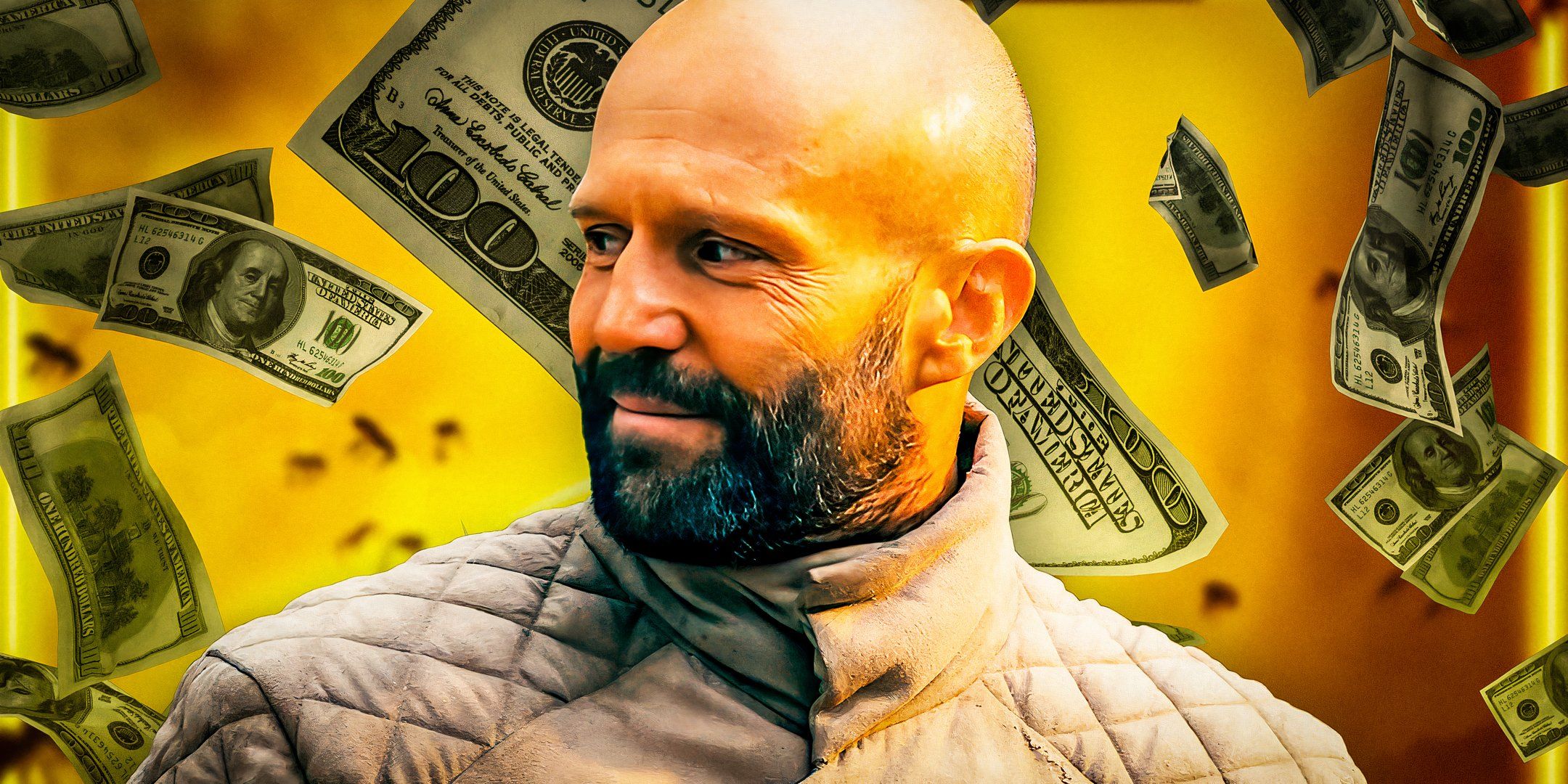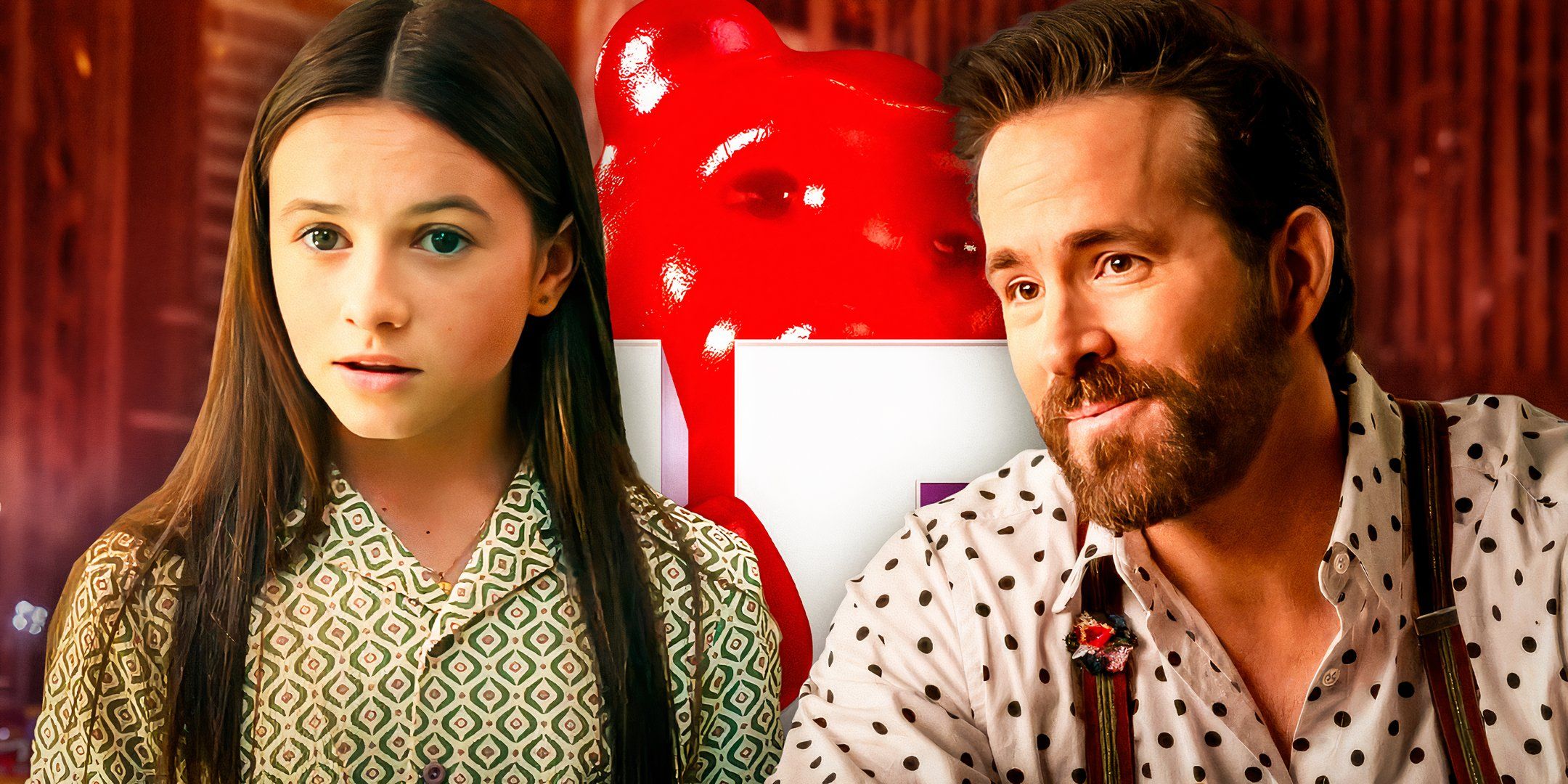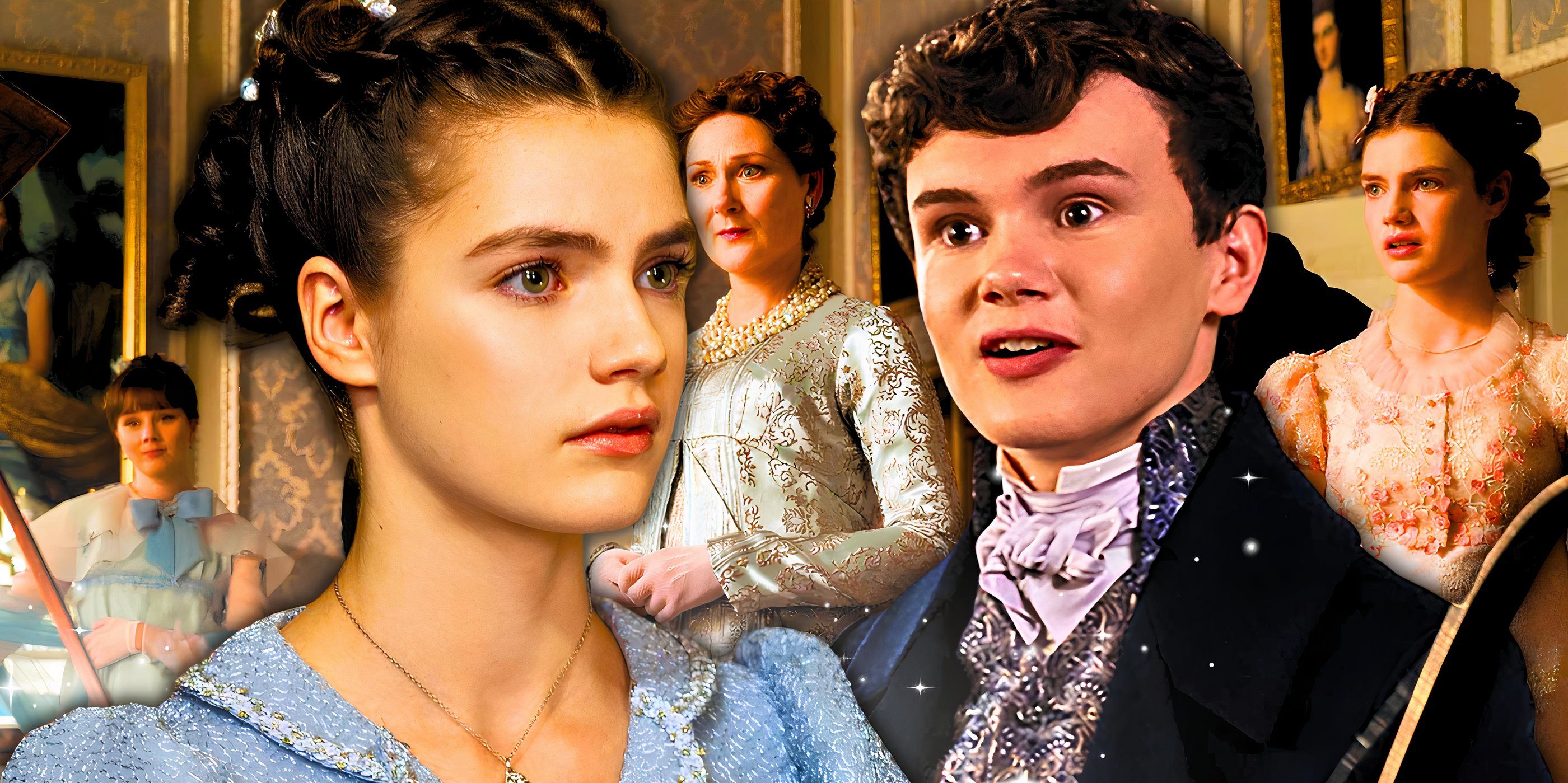FromSoftware’s sweeping dark fantasy epics have always been somber affairs, with this year’s Elden Ring keeping the tradition going, and the Dark Souls trilogy has amassed a diverse collection of lore-rich bosses. The developer’s approach to storytelling has always been subtle yet inviting, with many of these bosses serving as far more than riveting challenges for fans willing to dig into the world’s histories.
Oftentimes, though, that means these nail-biting fights are underscored with bittersweet or outright tragic origins. The likes of Artorias and Sif from the first game will certainly be standouts, but Yhorm the Giant in Dark Souls III is another emotionally compelling example.
Great Gray Wolf Sif (Dark Souls)
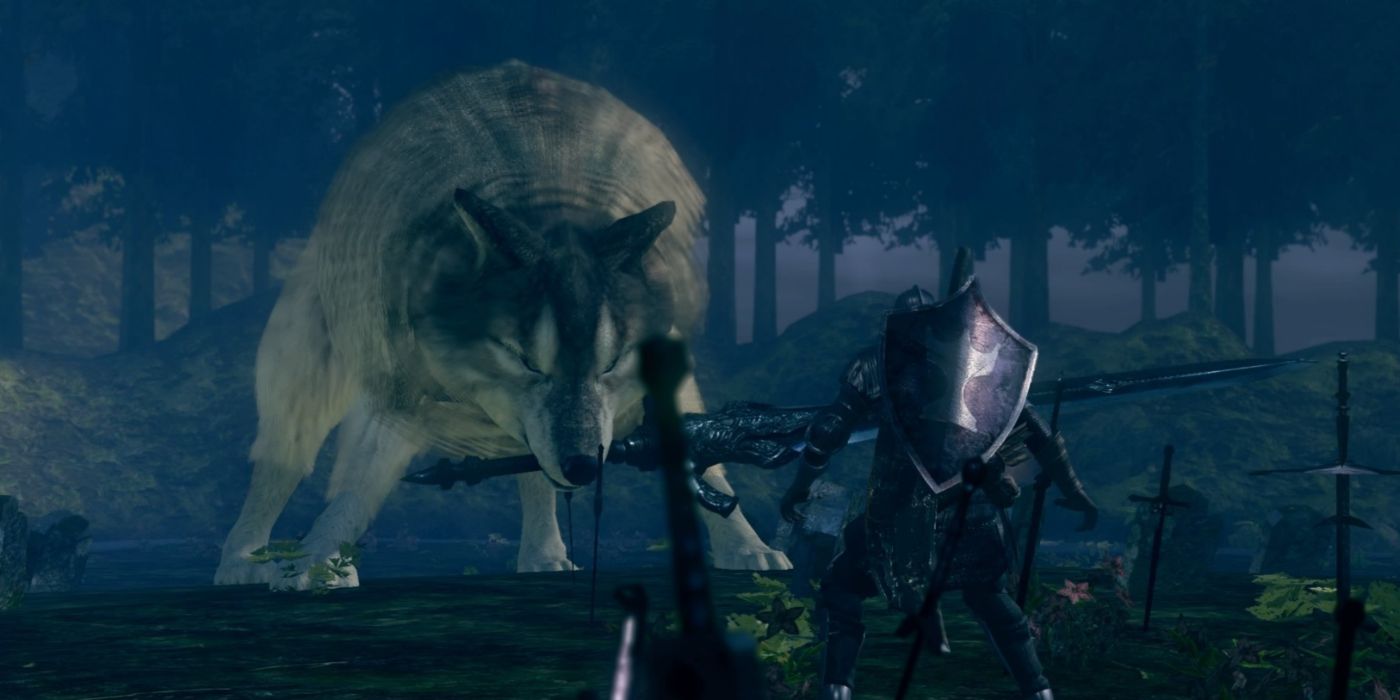
One of the most memorable bosses of the entire trilogy, Great Gray Wolf Sif is one of the opponents in the Dark Souls series that isn’t an enemy. Having to defeat a majestic animal to progress the game’s story is often painful, and killing Sif in the Darkroot Garden is one such example. She guards the grave of her loving master, wielding his massive sword in their fight.
Sif is never malicious, making killing her all the more difficult, and it gets even bleaker with the context of Dark Souls‘ DLC. Should the Chosen Undead go through that expansion and save Sif back in time before defeating her in the Darkroot Garden, an altered cut scene will play before fighting her where the Great Gray Wolf howls mournfully and regretfully before picking up Artorias’ sword for combat.
Knight Artorias The Abysswalker (Dark Souls)
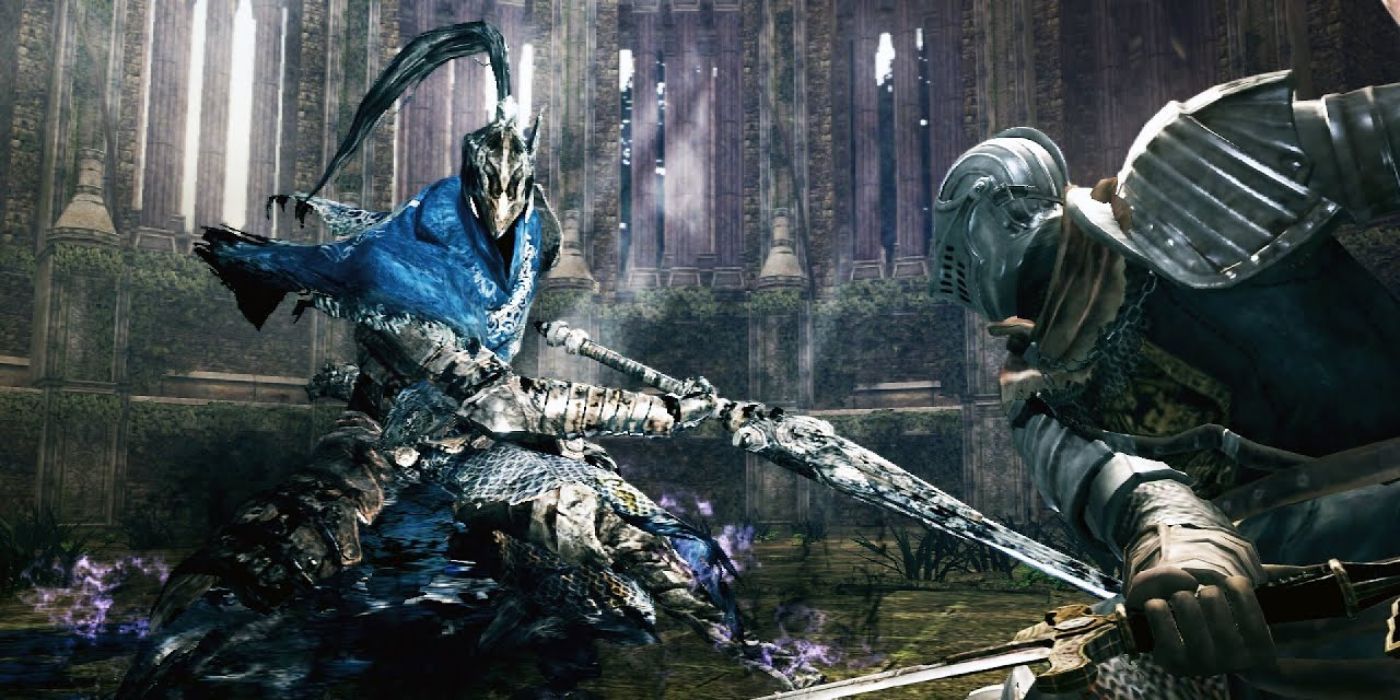
Completing the tragic duo with Sif is Knight Artorias, also known as the Abysswalker. Artorias was originally one of Lord Gwyn’s four highest-ranking knights, was fiercely loyal, and discovered the impending scourge of the Abyss while in New Londo. He and his greatest friend and battle companion Sif sought to fend off this growing evil before ultimately succumbing to it, as no one is capable of stopping it.
In a last-ditch effort, Artorias gave his shield to Sif to protect her and give her an escape from the hellish place, which is where the player character comes in. The Artorias of the Abyss expansion is one of the best DLC of the last decade in both a story/lore and gameplay standpoint.
Burnt Ivory King (Dark Souls II)
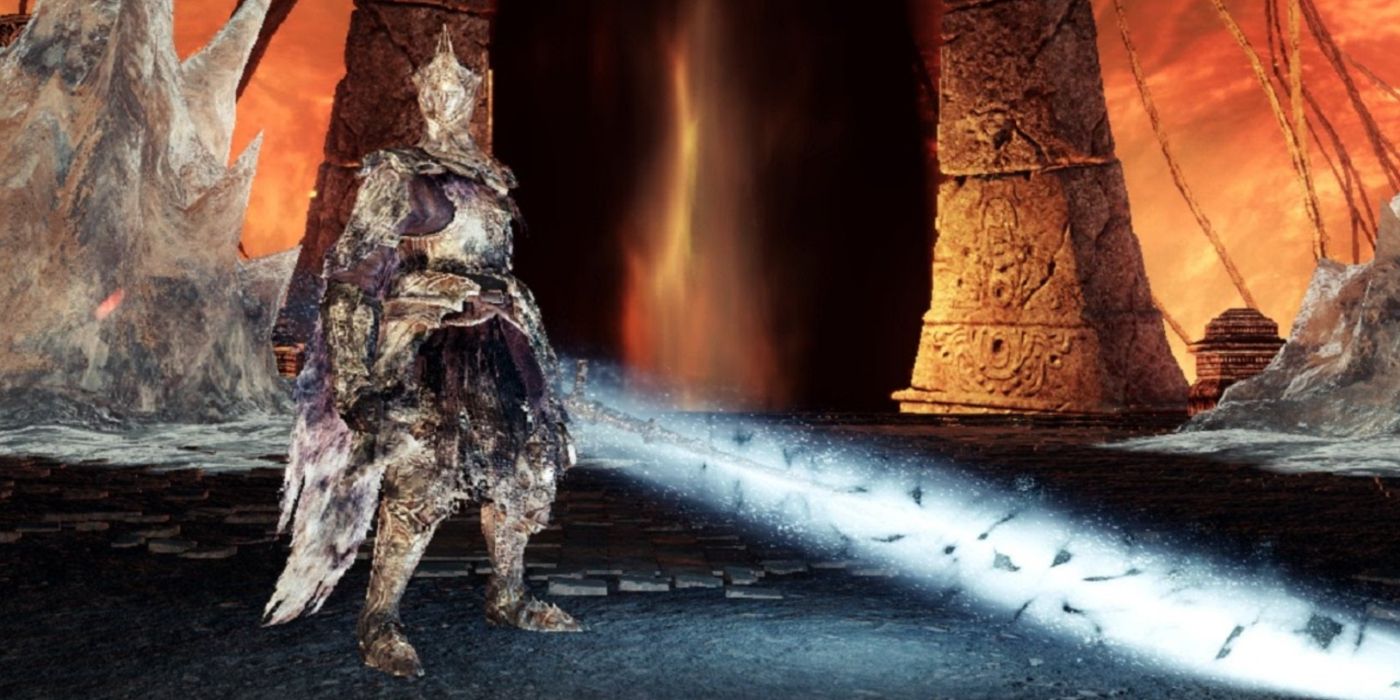
Though it’s often seen as the most controversial entry among the series’ hardcore fans, Dark Souls II still easily ranks as one of FromSoftware’s best Souls-like games, and its own DLC expansions contributed to that. As part of the Crown of the Ivory King DLC, the lore was uncovered that the King was a beloved and compassionate figure to his people, and it was the growing threat of the Chaos Flame that proved his eternal undoing.
Somewhat similar to the Abyss, the Chaos Flames weren’t easily held back, and the King (now known as the Burnt Ivory King) voluntarily chose a lifetime of fighting it off in the desolate land of The Old Chaos.
The Last Giant (Dark Souls II)
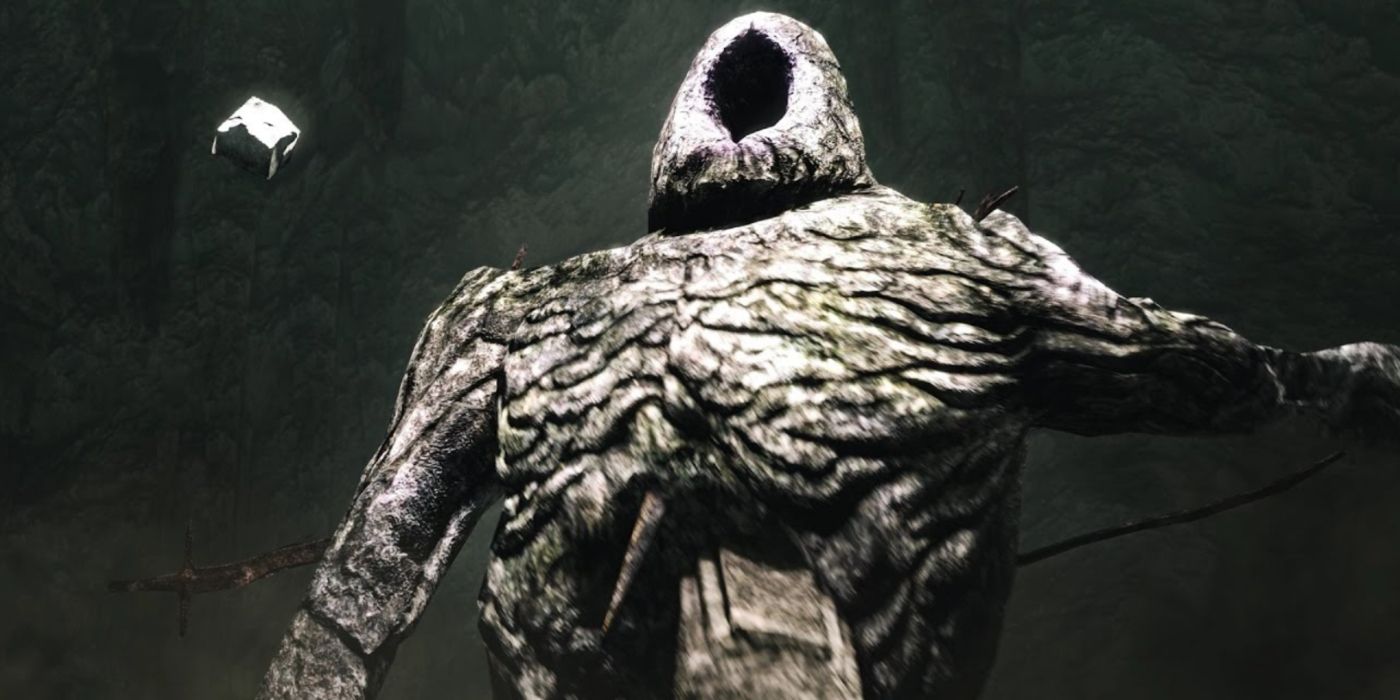
The first proper boss of Dark Souls II is certainly not the strongest, but that partly feeds into his tragic backstory. In this series, the Giants were a race of beings that were often met with scorn, bigotry, and persecution throughout Lord Gwyn’s Age of Fire and the gods that ruled it.
As the name would suggest, The Last Giant is part of a dying breed, and he was formerly a lord of a territory who wished to fight for the preservation of his kind before being slaughtered by humans. He originally came to wreak havoc upon Drangleic to reclaim what King Vendrick took from them, only to end up as the sole survivor to live out the lonely ages as a beaten and broken great tree.
Yhorm The Giant (Dark Souls III)
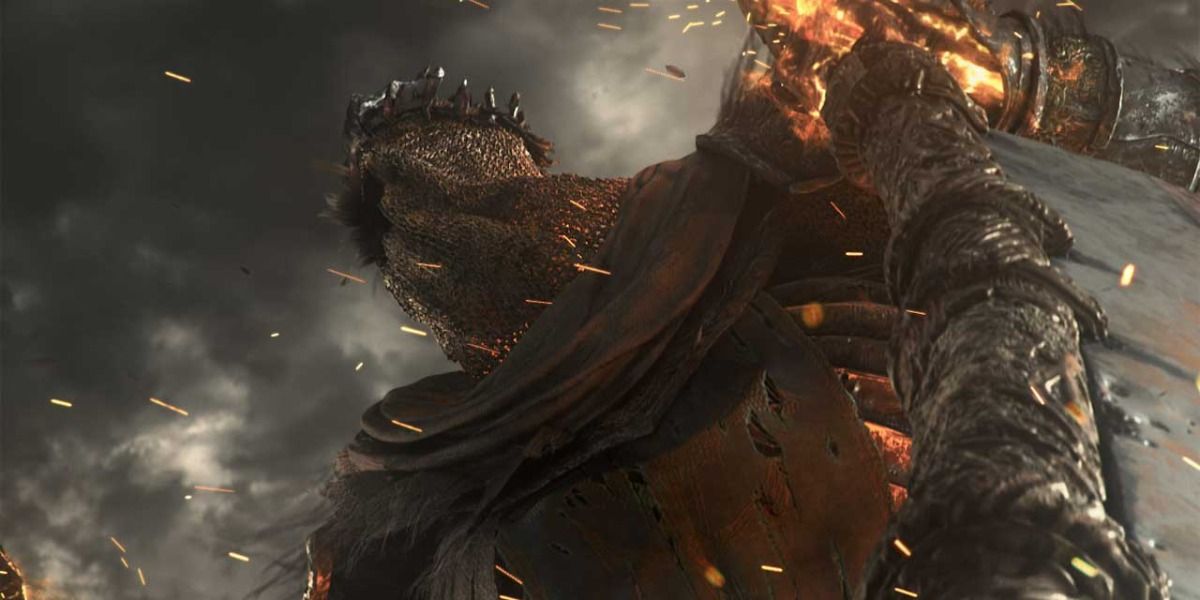
Yet another heartbreaking case of suffering Giants is Yhorm. In a rare instance of a normally disregarded people in the world of Dark Souls, Yhorm the Giant served as a Lord of Cinder, leading a people that thought ill of him at every turn despite his heroics for them.
When four witches brought destruction to humanity with the creation of the Profaned Flame, Yhorm still fought on the peoples’ behalf but eventually succumbed to the loss of a loved one. What elevates this boss fight contextually is being part of one of Dark Souls III‘s best side quests, with the beloved Siegward of Catarina embarking on a quest to put Yhorm’s soul to rest, with both characters dying at the end of the emotionally charged boss fight.
Slave Knight Gael (Dark Souls III)
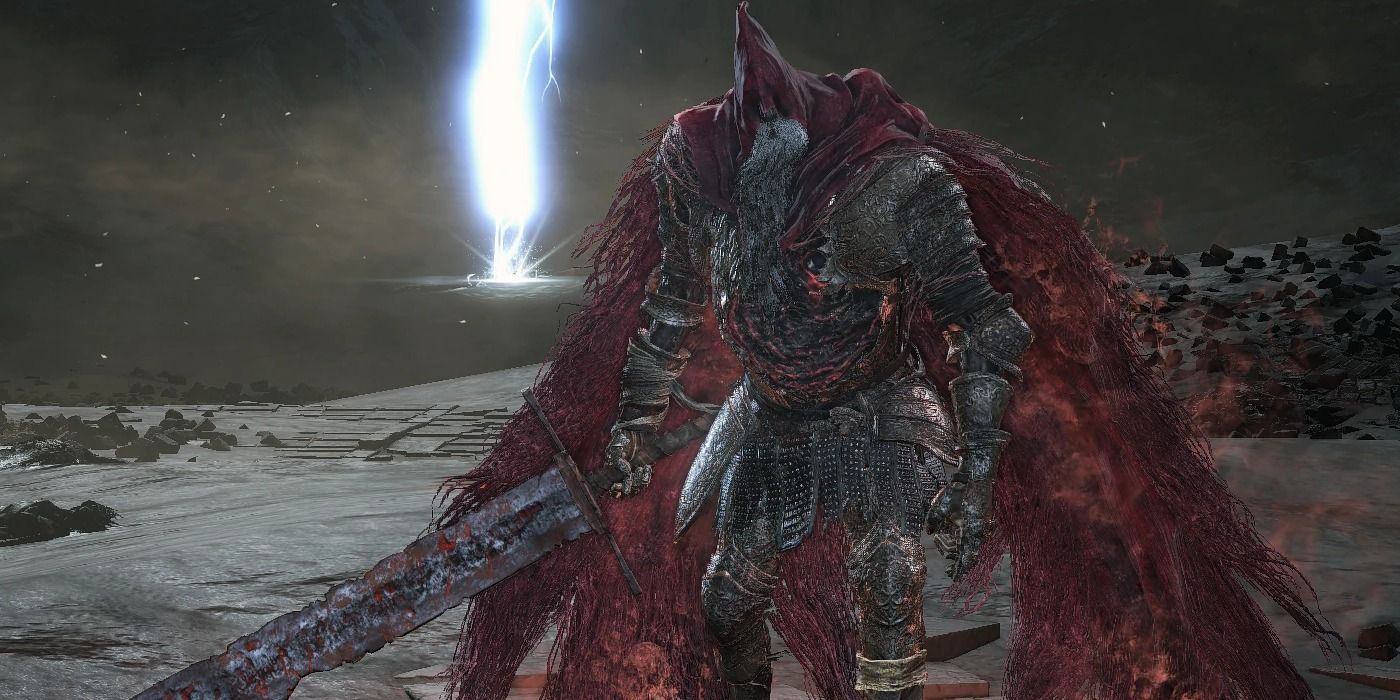
After the Ashes of Ariandel DLC, The Ringed City finishes the story by sending the protagonist into the desolate future of the titular city. A former Slave Knight of Gwyn’s army, Gael slaughtered its rulers and Pygmy Lords in a desperate attempt to gain the Dark Soul of humanity, as the dye will be the Painter of Ariandel’s key to creating a world where humanity can finally escape the cyclical Age of Fire.
However, Gael had long since become mad, prompting a fight that would be worthy of Elden Ring‘s toughest bosses. In a sad irony, Gael’s quest is accomplished by the Ashen One’s victory since he’s able to take the collective Dark Soul that corrupted him back to the Painter.
Ceaseless Discharge (Dark Souls)
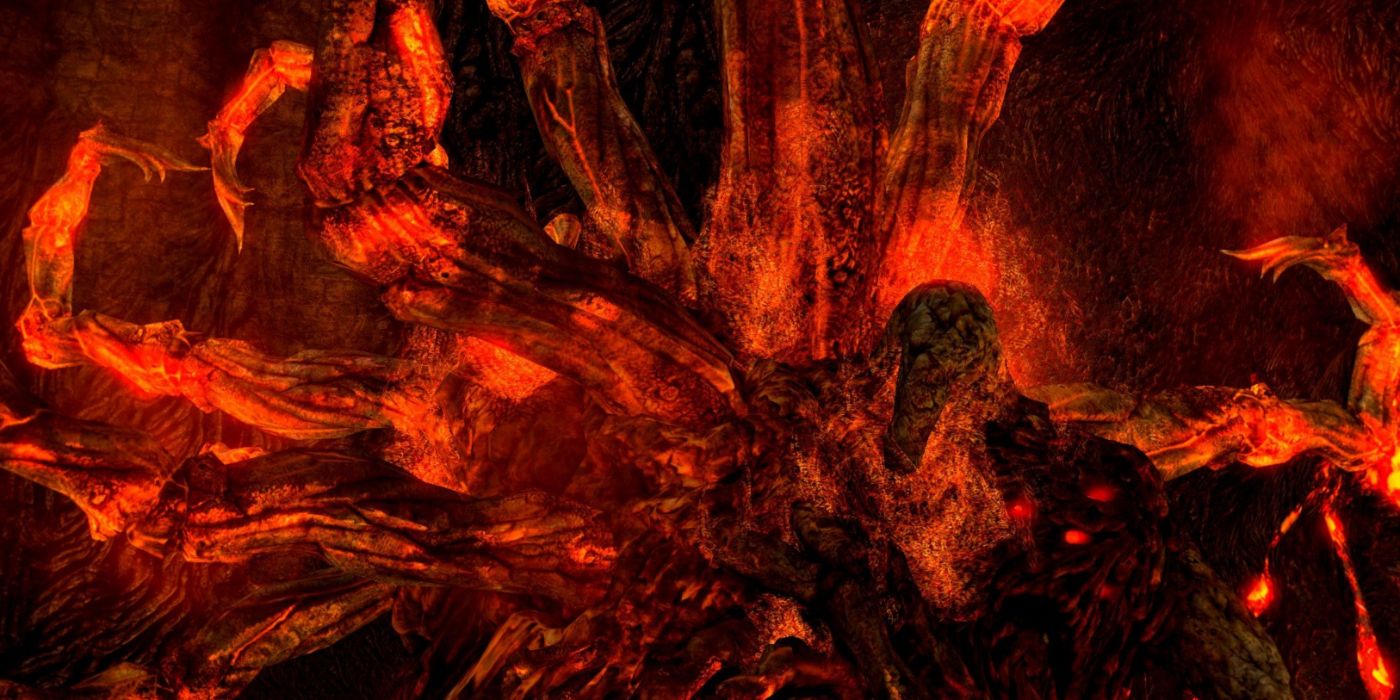
Despite the grotesque name, Ceaseless Discharge is one of the Dark Souls bosses dealt with one of the cruelest hands in life. He was the youngest child and only son of the Witch of Izalith, one of the original Four Lords and creator of the Chaos Flame.
However, he was born with a rare defect that plagued him with lava sores. His sisters and mother tried to help him, but the latter’s accidental creation of the Chaos Flame turned him into the Dark Souls world’s original demon (the Ceaseless Discharge) who guards the body of one of his late sisters.
Crossbreed Priscilla (Dark Souls)
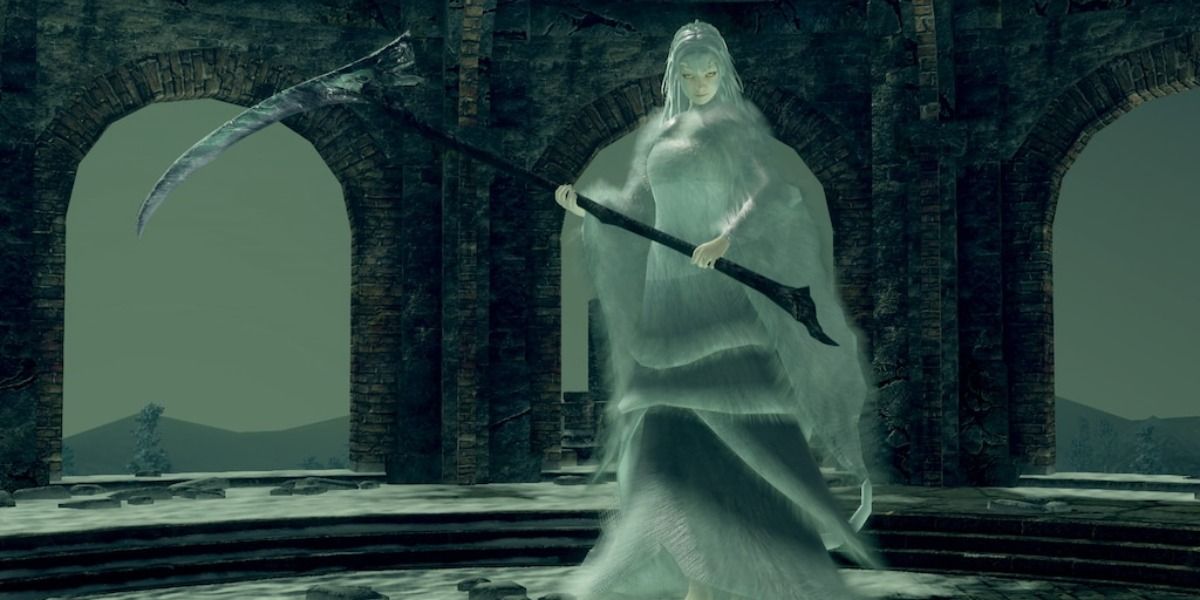
The Painted World of Ariamis is a grueling optional level in the game, but once the Chosen Undead ventures into the painting, there’s no choice but to see it through. It’s highly speculated that the Painted World was used to imprison the level’s main boss, Crossbreed Priscilla, due to her mixed origins.
She’s presumably the daughter of Seathe the Scaleless and a god/human, leading to the gods of Anor Londo fearing her power. What’s even sadder is that she peacefully asks the protagonist to leave Ariandel alone. At the very least, there’s the option for the player to be merciful.
The Lothric Princes (Dark Souls III)
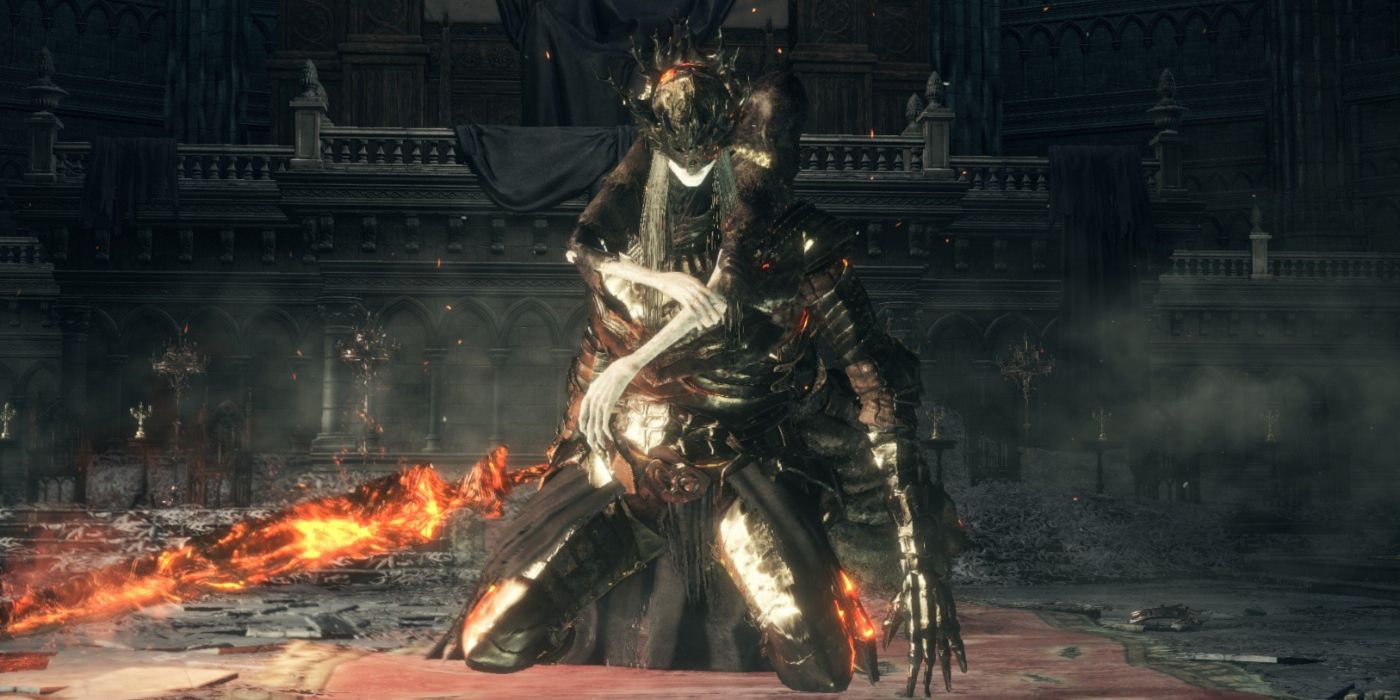
The driving plot point of Dark Souls III is the Ashen One forcefully returning the Lords of Cinder back to their thrones. This is so that the First Flame can be rekindled, restarting the cruel cycle only to eventually meet the same fate. But not all the Lords are so willing to usher in the dying Age of Fire again.
Unlike many others, the Princes of Lothric saw the futility and cruelty in the rekindling and actively rejected their duties as Lords of Cinder. The eldest (Lorian) had his legs crippled and was struck mute, while the youngest (Lothric) meant to succeed him was cursed with a diseased and frail body. The two decided on letting the fire die as they watch before the protagonist defeats them.
Gwyn Lord Of Cinder (Dark Souls)
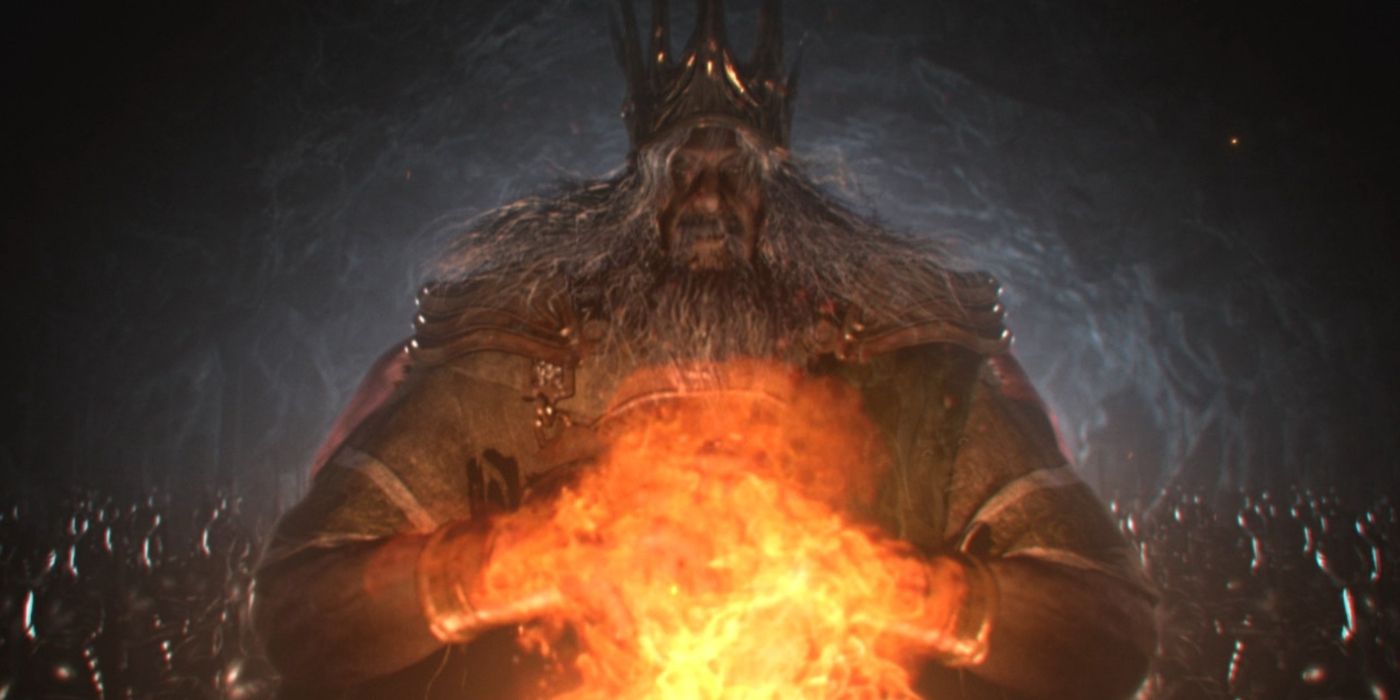
One of the original Four Lords that brought the end of the Age of Ancients and the Dragons that ruled it, Gwyn, the First Lord of Cinder, is a complicated case of depression. He fought hard to bring about the original Age of Fire, but all the aftermath and countless other atrocities that plagued the Dark Souls universe afterward trace back to him.
Ultimately, he was a power-hungry old man who craved power and immortality and refused to let that go. But what makes it tragic is seeing how spectacularly he failed. As a boss fight in Dark Souls, he’s a decrepit husk of his former self, unable to die naturally, and everyone else is paying for it with him.
